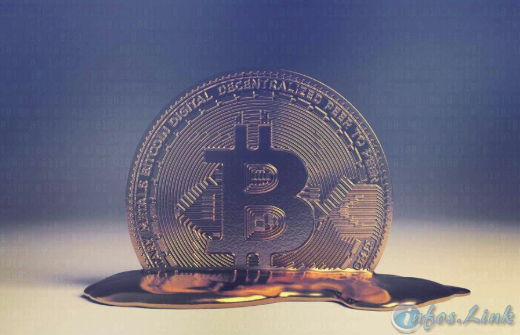Diar: most cryptos are illiquid

A study by Diar - an online magazine that publishes weekly reviews of digital currencies - suggests that most cryptoactives are illiquid. The ¾ of daily trading volume is represented by only a tiny portion of all cryptos.
Is it really surprising?
The Bitcoin is losing market share. So far nothing new ...
The crypto-boom we saw last December seems to have marked a major step in the world of cryptos.
Until early December, the BTC accounted for more than 65% of total market capitalization; CoinmarketCap on its side, counted a total of approximately 1200 corners.
Of these 1,200, exactly 1190 (excluding ETH - BCH - LTC - XRP - DASH - XEM - XMR - MIOTA - NEO ) struggled to obtain 10% of the total market. The BTC reigned supreme under the watchful eye of ETH.
The rest, we all know: an exponential curve of the price of the BTC reflecting the high volume of daily transactions, but also and especially a total market capitalization up almost 200% (185%) in exactly one month.
Snow White, Prince Charming, and some 1600 dwarfs
The following weeks marked the end of the "reign" of the BTC dropping its capitalization by a factor greater than 2 (2.05) in a period of less than 30 days. BTC losing speed, the remaining 1190 corners continued to grow to finally surpass in the wake of the other 9 mentioned above and go from a simple capitalization of 10% to almost ¼ of the total market (24.13%).
The finding that we could thus advance, is that a large part of the corners traded daily are represented in this 25%, given the strong growth of these last six months. Nevertheless, things are very different ...
The concept of liquidity in finance (corporate or market) is of paramount importance. In fact, the liquidity risk arises when a company or the holder of a security is unable to change the value of his property without it being affected.
If the "cash" is not affected by this risk, the fixed assets or the shares of a company for example, they are. Moreover, the more liquid an asset (both crypto and fiat), the faster it will be traded on the markets without its price being affected.
An asymmetric trade volume
Speaking of exchange and markets, it seems that most of the exchanged assets do not even represent the top 10, but rather the top 5, out of a total of more than 1600 corners. This same top 5 alone is equivalent to 55% of the daily trading volume, ie no less than US $ 7 billion concentrated on 5 "digital currencies".
Similarly, one-third of traded corners (approximately 550 corners) represent only US $ 1000 and 20% of traded corners (approximately 300 corners) represent less than US $ 100 of trading volume per transaction. day! In short, know that 70% of global crypto trading is done with 0.36% of all cryptos available ... which is little.
Vitalik mentioned at the end of 2017 the ICO bubble in which we were and said: "Many projects will fail and people will lose money. "
One question we could then ask is this:
If we are in a bubble, when should we then try to get out?
Please Upvote➜https://steemit.com/christianity/@bible.com/verse-of-the-day-revelation-21-8-niv